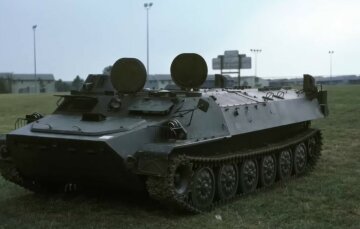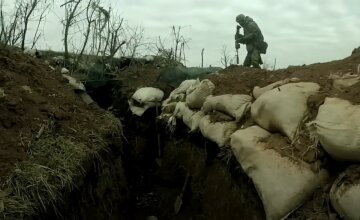The tactical successes of Russian troops on the front, which have recently become more noticeable, are attributed to several factors, including a significant advantage in the air and superiority in firepower.
This was stated by military-political analyst Dmitry Snegirev during a broadcast on the FREEДОМ channel, explaining why Russian forces have been able to increase pressure in certain areas of the front. According to the expert, the Russians are utilizing the latest aerospace assets, allowing them to strike from considerable distances, while Ukrainian air defense systems often cannot prevent such attacks.

"Russia, using aerospace forces, can effectively strike beyond the reach of Ukrainian air defense systems at permanent deployment points and fortified areas of the Armed Forces of Ukraine using FAB and KAB bombs," Snegirev notes.
The occupiers can freely attack the positions of the Armed Forces of Ukraine using FAB and KAB bombs, which can hit targets up to 60 kilometers away. The new Russian missile "Grom-E1" extends this range to 100 km. Additionally, the intensity of airstrikes by Russian aerospace forces has significantly increased recently.

Among the external factors contributing to Russia's tactical successes, Snegirev cites the insufficient speed of military-technical assistance deliveries from Ukraine's Western partners. As a result, the fire superiority ratio remains in favor of the occupiers, approximately 1 to 3.
However, according to the expert, the current successes of Russia should be viewed specifically as tactical. To achieve operational successes, the enemy must advance at least 30 km deep, but so far, they have not succeeded in doing so.